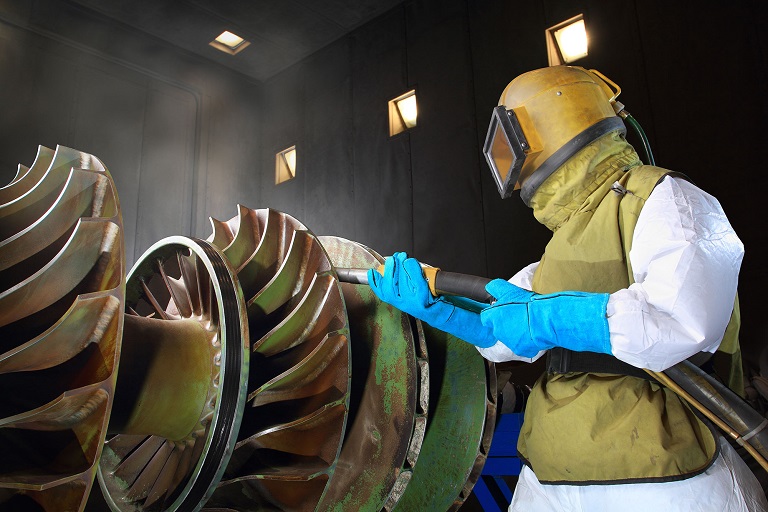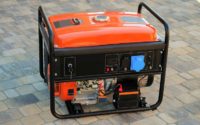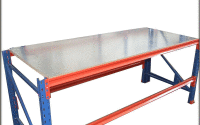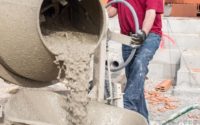Sandblasting: The Ideal & Fastest Surface Cleaning and Preparation Method
One of the most effective and commonly used tools for maintaining and cleaning surfaces is the sandblaster. Whether you’re finishing a DIY project or are performing a restoration project, you heavily rely on this tool to get the best result possible. This tool does exactly what it’s name says it does – blasts sand, or any other abrasive material onto the item being cleaned.
It’s incredibly versatile and there are many benefits to using it. You can easily remove residue, rust and many other impurities with a sand blasting machine, and make any surface look brand new. You can also use it in peening, decorating and deburring, among other things. You can use it for large and small projects, like priming a surface for painting, stripping away layers of rust, decay and old paint, and providing a fresh, paint-ready surface for a new coat of paint.

The biggest benefit of a sand blasting machine is without a doubt its efficiency and speed at which it allows you to complete lengthy tasks. The sand these machines use is made up of small grains and fine grade, which make it extremely abrasive. A task that would typically take hours to complete by hand is reduced to minutes with a sandblaster.
All of the tasks at hand are easily accomplished by sweeping the blaster’s nozzle. Even the toughest and smallest particles can quickly be removed with the pressure of the sandblaster. Corrosion, scale and old paint are easily removed, and metal surfaces are left without any contamination or foreign matter. The film that’s left after the blasting prevents rust from occurring after the surface is exposed to air.
Typically, there are three popular types of sandblasters available on the market today: siphon, pressure and gravity-fed sandblasters. All of these sandblasters can get the job done, just by using a different blasting method. Gravity-fed sanblasters, use gravity, as their name implies, and they typically need to be hooked onto an air compressor. Siphon blasters work in a similar fashion. Pressure blasters on the other hand, use pressurised sand canisters. The sand from the canisters can’t be reused, so you’ll have to keep buying new ones once yours run out.
Lastly, these tools are environmentally friendly and not toxic whatsoever. Unless any extra pollutants are added into the sandblaster, it will remain harmless to you and the environment. Everything that a sandblaster emits is safe even when inhaled, unlike most other cleaning and coating products.



